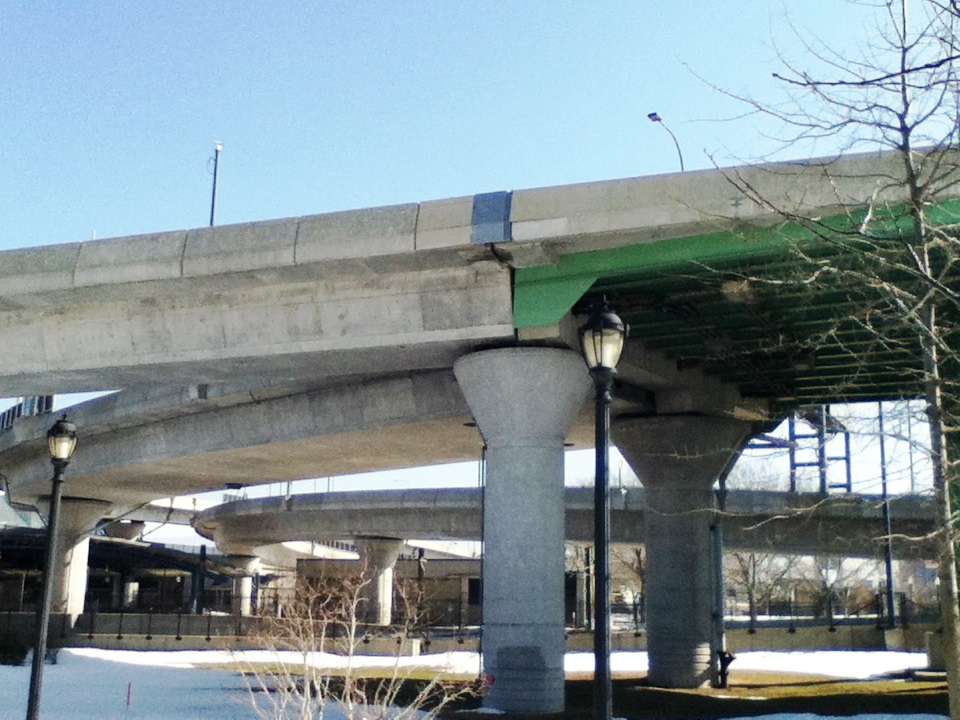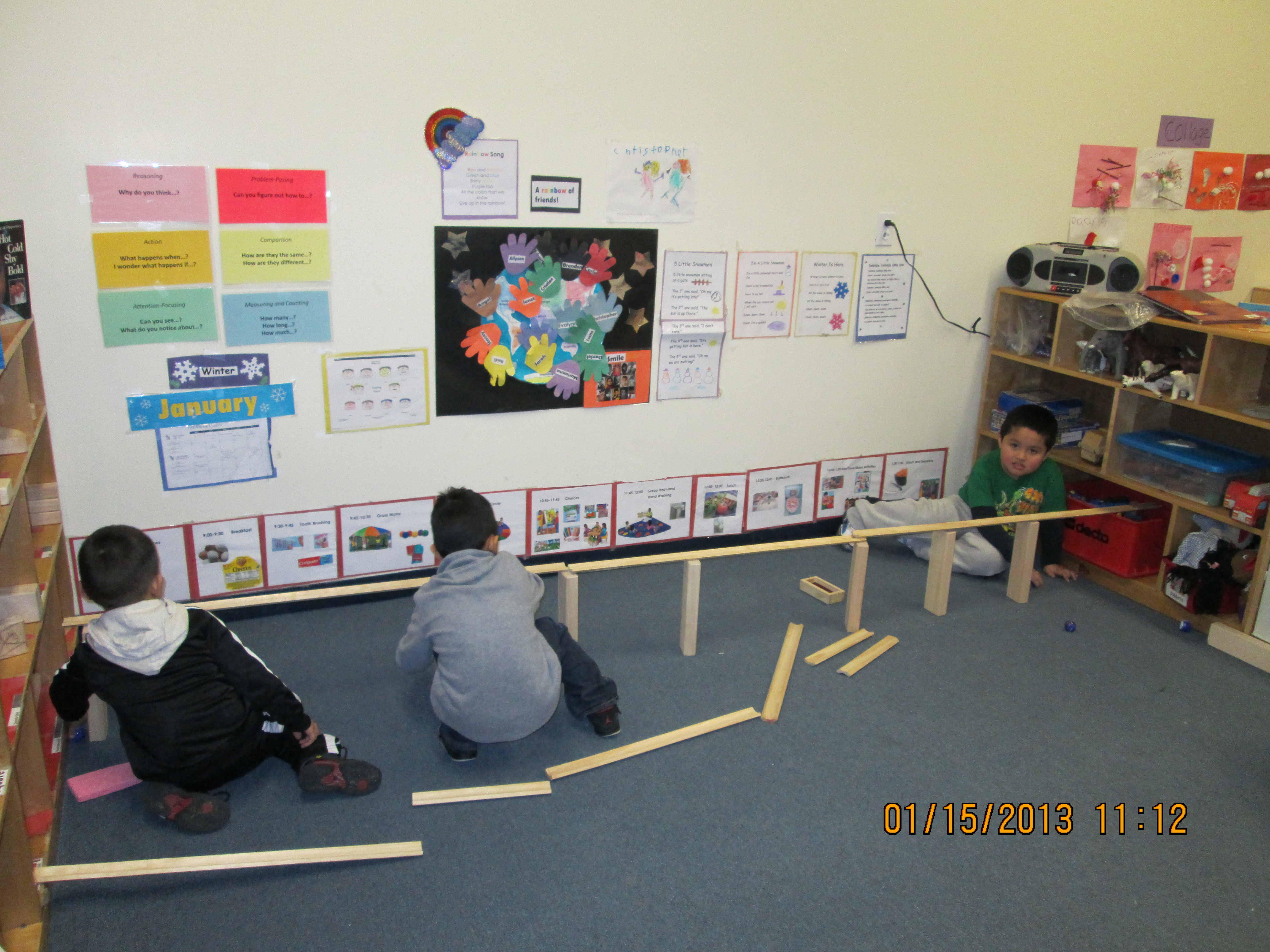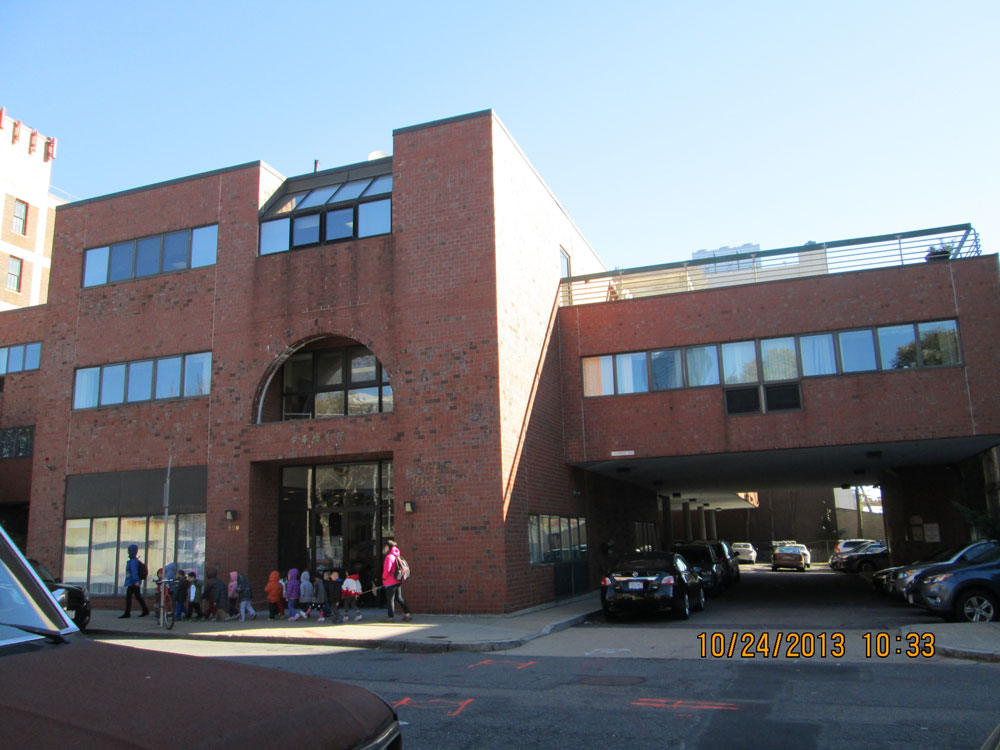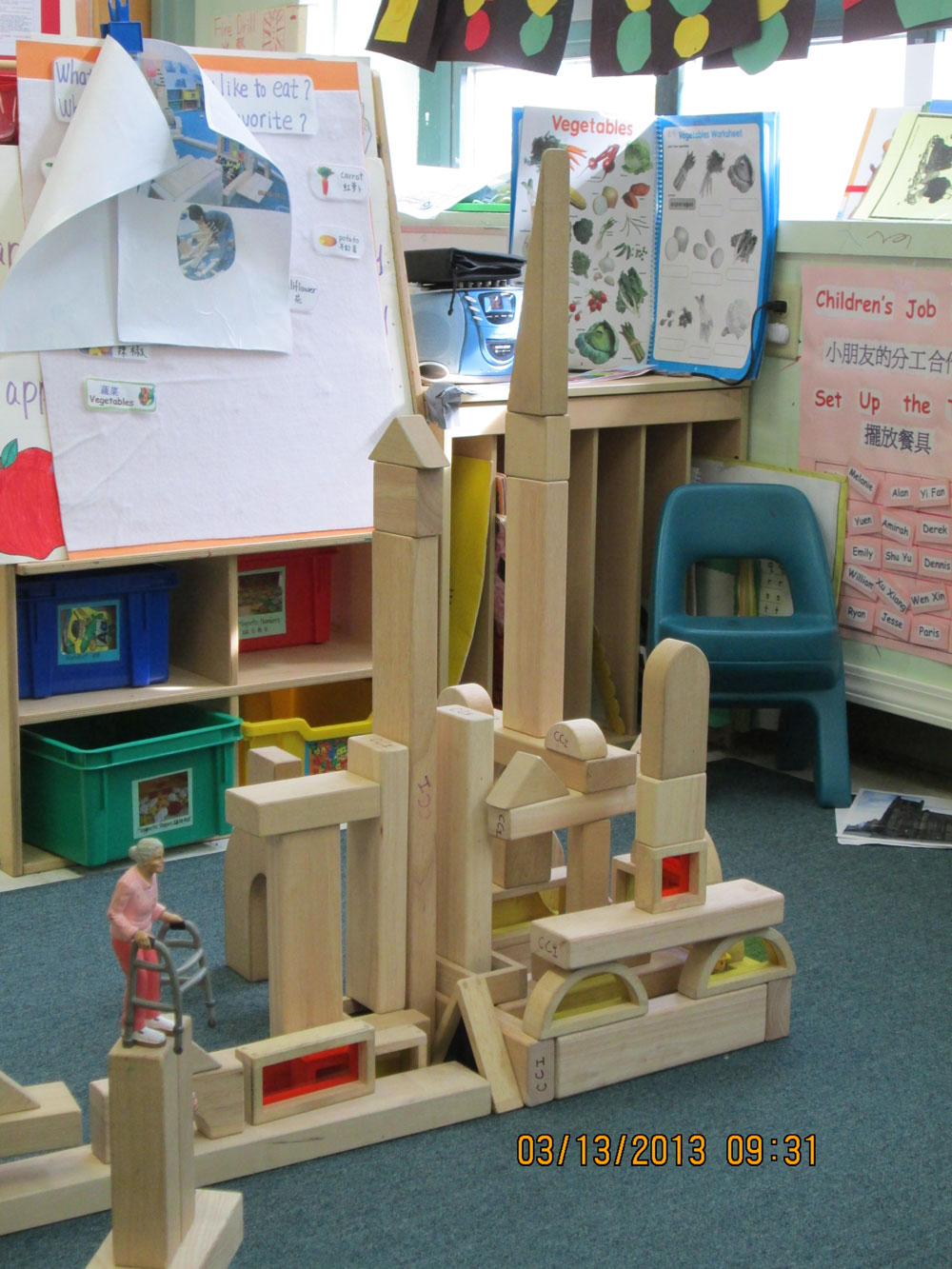In this series of learning experiences, children explored the Big Ideas that people and animals obtain information using their senses and that living things change over time in ways that differ from non-living things.
We would be happy to answer any questions you have. Contact us at: Readiness through Integrative Science and Engineering (RISE) Eliot-Pearson Department of Child Study and Human Development Tufts University 105 College Avenue, Medford, MA 02155 Email: rise@tufts.edu
In this series of learning experiences, children explored the Big Ideas that people and animals obtain information using their senses and that living things change over time in ways that differ from non-living things.
Obtaining, evaluating, and communicating information (Observation).
Click on images to see examples
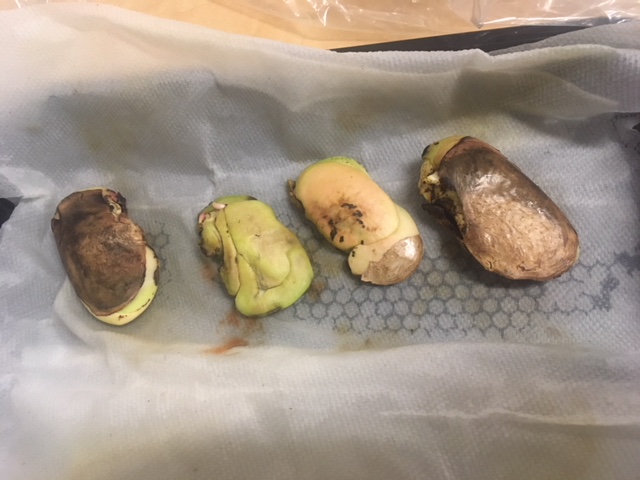

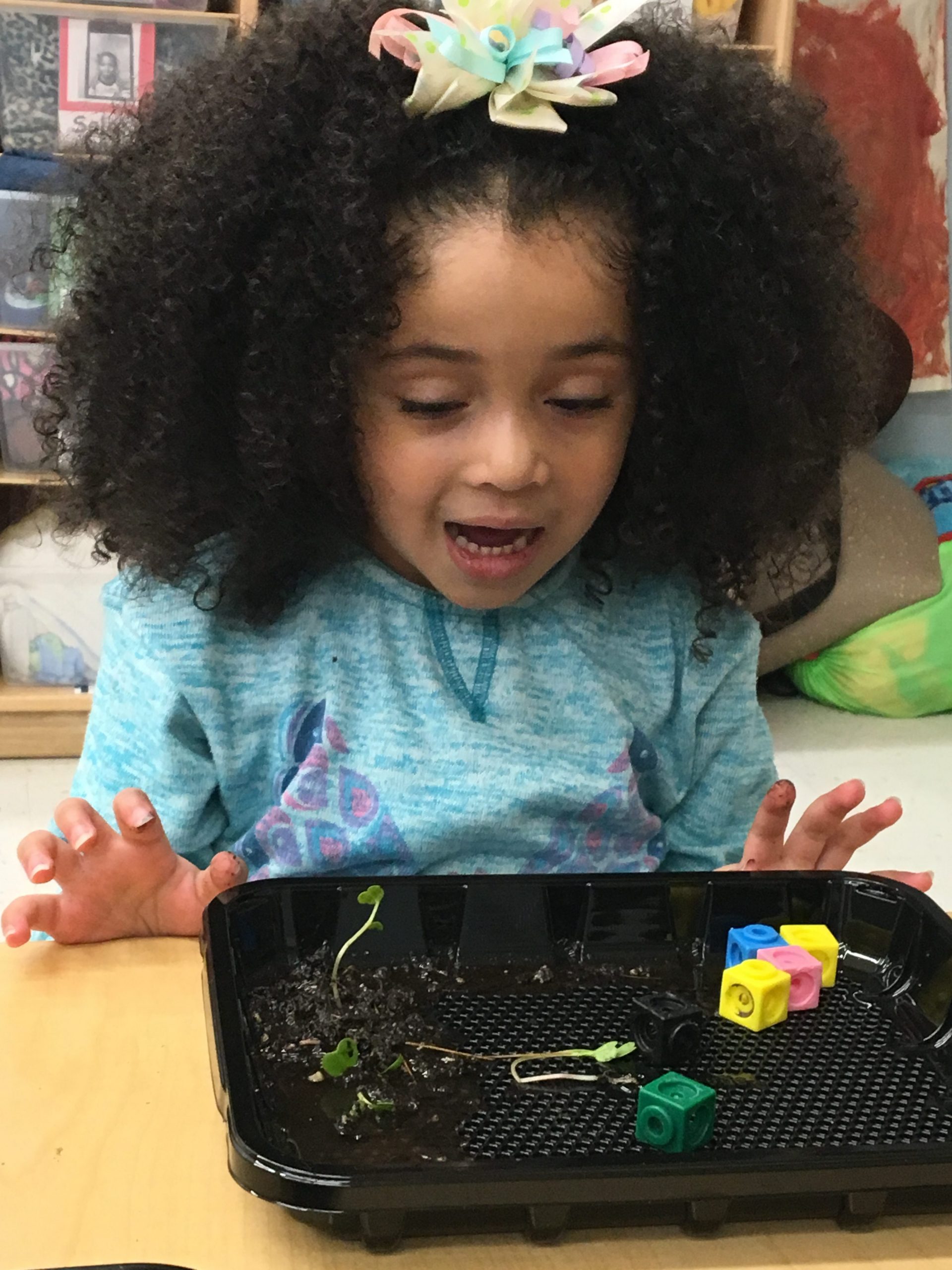



Below, children began by exploring seeds soaked in water and the changes that occurred as a result of the soaking. They then planted seeds of their own and observed the growth of plants and became familiar with the growth cycle of the plants. To enhance their observation skills further, children took time to document their version of flowers, adding details noticed and labeling parts of the plant.
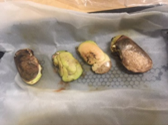
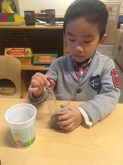
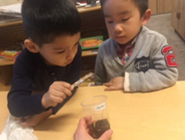
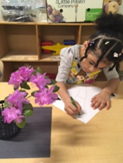
Starting at the very beginning of the growth cycle of a plant, Reading Alexander and the Wind-Up Mouse various seeds. Seeds were observed with magnifiers, sorted, and counted. This activity was followed by learning about seedlings, including that they have roots, a stem and leaves. Children took a hands-on approach to explore size and color, and learned the function of roots. Learning that some foods come from plants, the children tasted various fruits and vegetables and took time to describe each of them. The year concluded with the class taking a neighborhood walk to a community garden and documenting their walk in the form of a book. After repeating this experience 4 weeks later, the children were able to observe how plants grow and change over a period of time.
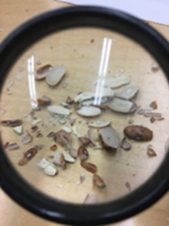
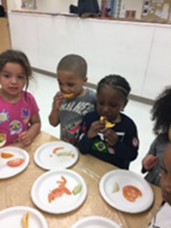
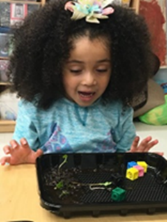
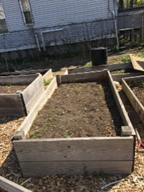
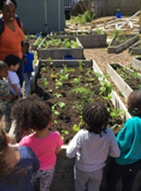
Taking photos of a single tree as it changes over the seasons was the Good Start Activity that formed the foundation for each class’s explorations. Children observed one tree over the course of the year. This led to discussion and experiences related to the seasons and the differences observed of living versus non-living things as well as to observations and documentation of the changes in the tree. Click here to see more detail.




In Alexander and the Wind-up Mouse by Leo Leonni learning experiences, children and their teachers explore the Big Idea that the movements, behaviors, origins, and needs of animate objects differ from that of inanimate objects. For example, the different structural features of animate versus inanimate objects served parallel functions (e.g., Alexander, the real mouse, moves with his feet whereas Willy, the wind-up mouse, needs springs and wheels).
In Block Explorations, children and their teachers solve the problem of children creating unstable structures that fall and explore the Big Idea that stable structures require designs and materials to keep them in place. This includes using strong materials and placing them in a particular way.
Asking questions (Science) and defining problems (Engineering).
Click on images to see examples
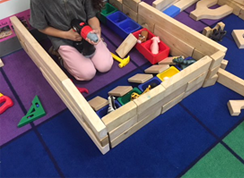

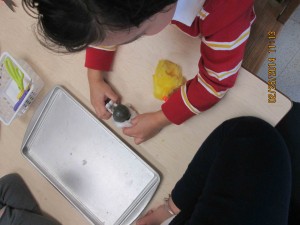

The Children in this classroom explored several concepts within the unit on building. Free exploration allowed them to experience the idea of stability. From there, the children expanded on the building unit, identifying what their own homes were built out of as well as creating their own models of a home. Finally, the teachers were able to support children’s block play by observing and understanding where each child was within developmental stages of block play.

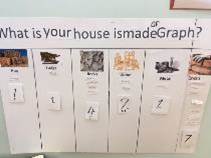
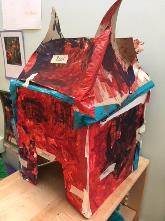
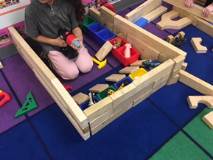
See some of the extended work completed in Phase 1 here.
Reading Alexander and the Wind-Up Mouse by Leo Leonni was the Good Start Activity that launched each class’s investigations. Children began by documenting their observations of differences between Alexander (who had feet) and Willy (who moved around using wheels). Children then explained what they thought was inside of a real mouse compared to a real person. This moved into technology and the use of tools to check their predictions of what is inside the wind-up mouse. Children documented what they found inside and learned new vocabulary and concepts.
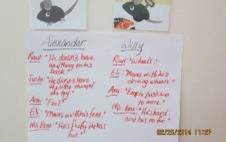

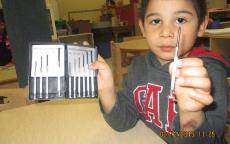
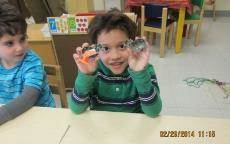
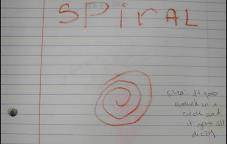
Click here for even more detailed ideas
In this series of learning experiences, children explore the Big Ideas that:
Objects can be made to move on inclines; how they move depends on the object and the incline; people can design and build systems of inclines to move objects in various ways; and if you are not successful in getting an object to move in a certain way, you can change something and get a different result.
Asking questions, observing, and planning and carrying out investigations (Experimenting).
Click on images to see examples
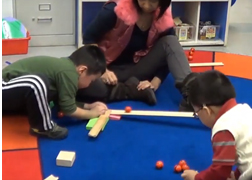

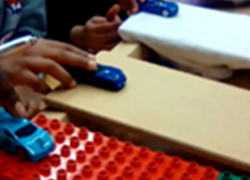

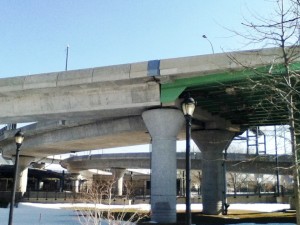

These videos represent work conducted by two different teachers during Phase I around blocks and ramps. Through these experiences, children solved problems, compared ramps of different lengths, and carried out investigations.
Click on the images below to view videos.
Reading Roller Coaster by Marla Frazee was a Good Start activity in introducing the unit on ramps. From here, the children learned more about ramps by observing how various size balls and cars moved on a neighborhood ramp. In an effort to determine why one moved slower than the others, an experiment was conducted. Children determined that the ramp characteristics affected the speed of the cars. Free exploration continued to happen in the classroom with wooden blocks, ramps and marbles, along with further questioning and documentation of children’s understanding of ramps in their world.




Children’s neighborhood walks provided them with opportunities to see how their neighborhoods functioned as a system. Notice how the children from a community in East Boston naturally began building bridges in the classroom, while children from a community near downtown Boston built tall structures, both reflecting their communities and familiar knowledge.
